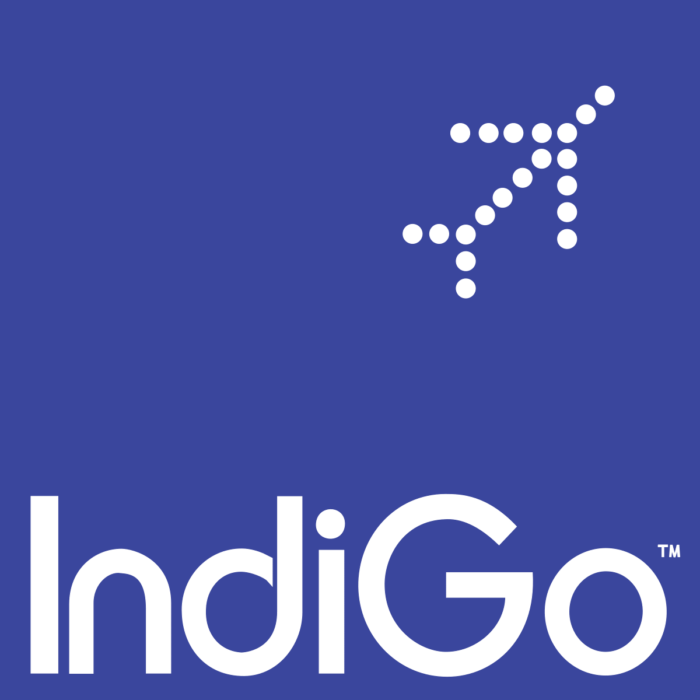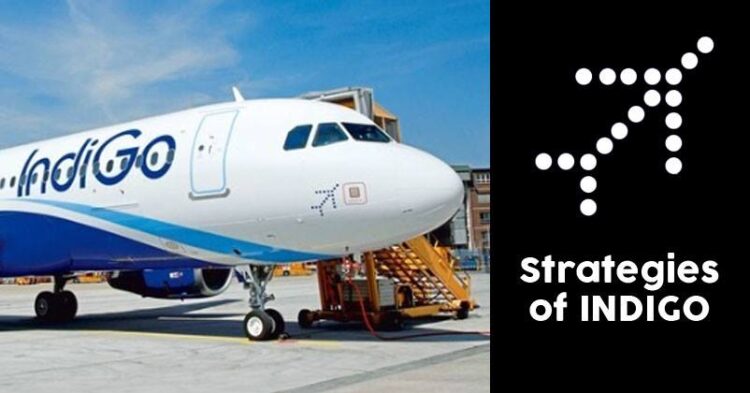The airline with the biggest fleet in India, most successful in the Indian civil aviation sector, which is also the seventh-largest carrier in Asia – Indigo, is achieving all of the above with great ease because of its brilliant strategies.

All the methods and norms followed and adopted by Indigo are helping it to survive in this industry. The reason behind all these is the number of careful and timed decisions that were implemented and strategies that were followed.
So, let me take you through some of the master strategies that are keeping it at the top of the game while all the others are either filing for bankruptcy or are on the verge of shutdown.

A low-cost carrier
Indigo identifies itself as a low-cost carrier and therefore does not provide any additional facilities such as food or beverages. It does not have a business class and so it does not have to indulge in any frills. On the other hand, it charges different rates for different seats when actually all are of the same comfort level.

No extra training to crew members
Indigo uses only one type of plane which is A-320 because it does not require any extra training to be given to its crew members regarding any other plane. It also does not support any extra ground facilities or luggage/trolley carriers which reduces most of its expenses.
Low Life and fuel efficiency of an Indigo Plane
Airplanes after 5-6 years require a damage-check and these are a tedious plus costly affair. Their planes have a maximum of 5-6 years of life after which they are either sold off or given to lease. Indigo planes determine the height to be flown so as to use the minimum amount of fuel. The slight angle at the end of the wing of the indigo planes also improves fuel efficiency.

Time-saving approach
It has a unique route planning system; hence duration to reach a destination is shortened. It selects the most suitable routes and timings for its journeys. It provides comfortable travel timings to its passengers and is very beneficial to businessmen who need to conduct meetings outside cities and return home the same day.
Revenue through advertisements
Indigo earns a lot through the mass advertising that it does. We can find lots of advertisements in an Indigo plane that ranges from the back of the seats to the hanger in the buses that carry passengers to the terminal. It also has the option of ‘Priority Checking’ for the people who are in hurry and charges extra for that. The in-flight magazines of Indigo are one of the costliest magazines.

With these strategies in place, the business plan for Indigo seems pretty much sorted. It looks like, we are going to see years of Indigo if the efficiency of implementation remains unaffected.
















